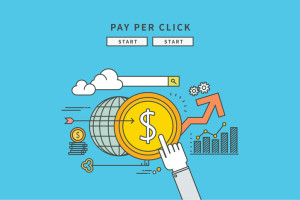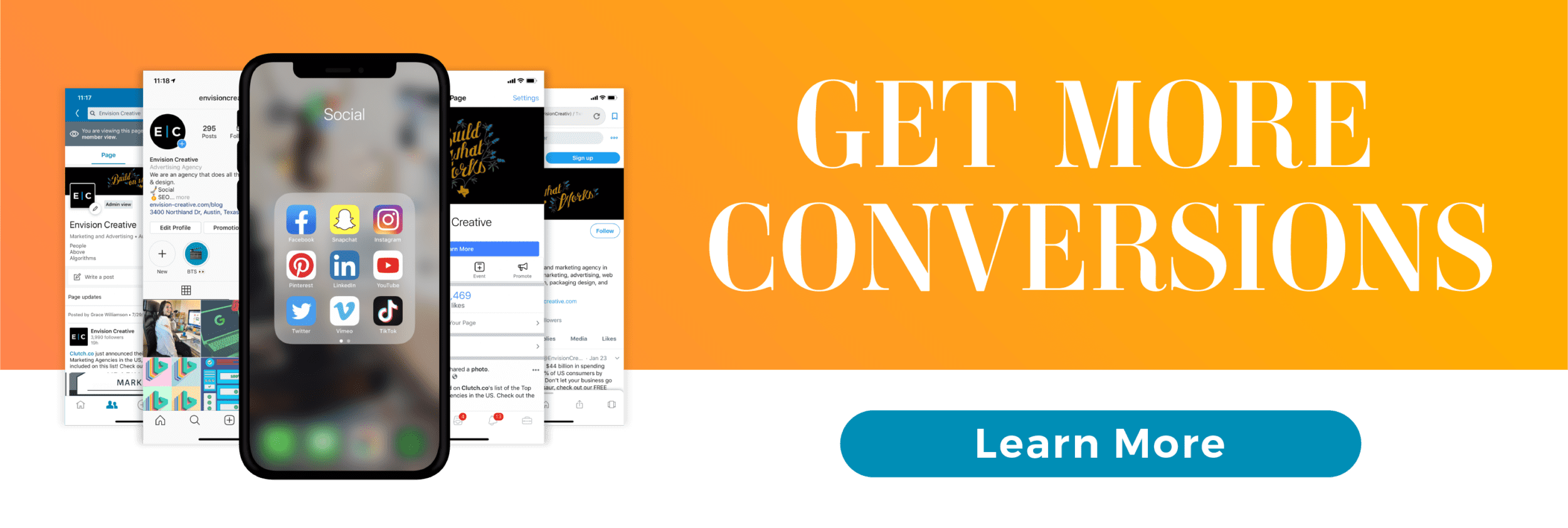
According to new research, we’re currently at a turning point in the PPC industry for four distinct reasons: targeting options are improving, CPC (cost per click) is rising, mobile advertising is gaining more attention, and the way we define success is changing.
When done properly, PPC management can mean the difference between a great company and a great company that people know about.
If you’re new to this, starting a PPC campaign can seem overwhelming and daunting. Relying on a poorly functioning PPC system is like flushing money down the great, big internet toilet. We’ve compiled tips from top resources to help you avoid common mistakes when just starting a PPC campaign.
Ad Rank Basics for PPC Management
Ad Rank is the algorithm that Google uses to calculate the position that your ad warrants on its results pages. A better Ad Rank means a higher position on Google’s page, where people are more likely to see it and click.
Ad Rank is calculated by several factors, most notably cost-per-click (CPC) bid and a quality score, which is highly influenced by the relevance of your ad and it’s click-through rate.
So now you know what you need to keep your focus on, let’s look at what key experts in the field point to as mistakes that can be fatal to your campaign.
You’re Not Ditching Poorly-Performing Keywords
Here’s some sage PPC advice from Unbounce: “…it’s easy to fall into the habit of adding new keywords to test but neglecting to clean out poor-performing keywords periodically.
Most often, this results in a lose-lose situation:
- It creates a poor experience for prospects who click on your ads and arrive at a destination that isn’t quite what they were looking for.
- For you, this ad to landing page mismatch leads to lower conversion rates, higher cost per click and lower Quality Scores across the account.”
They recommend setting some hard and fast rules about what you allow for keywords. It’s almost like maintaining a closet: for each new item of clothing that you buy, a piece of clothing should leave your closet. This avoids overcrowding and unnecessary words weighing you down.
Blowing Off Landing Pages is Bad PPC Management
HubSpot notes, “The landing page is where you seal the deal in PPC. You can get everything else right in your AdWords campaigns, but if you’re not building solid landing pages, you’re not going to turn those clicks into conversions.
And guess what? It should come as no surprise at this point that many advertisers don’t realize how important landing pages are:
- More than one in four AdWords accounts send all of their PPC traffic to the same landing page.
- Roughly one in five small businesses send all of their PPC clicks to the homepage.
Sending all traffic to one landing page or, worse, your homepage is a terrible idea. You need a targeted, dedicated landing page that serves one purpose only: getting the visitor to complete the desired action, which should be closely tied to the keyword and ad that got them to your site in the first place.”
Be Sure to Track Your Conversions the Right Way
Conversion XL talks about how important it is to measure your conversions. “Without being able to accurately measure conversions it is impossible to optimise your PPC campaigns for return on investment. Here are three ways to effectively track online leads and sales, e-commerce conversions and phone calls:
1. To effectively track online leads and sales you should use the standard Google Adwords conversion tracking pixels, which should be inserted into the thank-you page of your website.
2. To track e-commerce conversions you should link your Adwords and Analytics accounts and should import your e-commerce conversions from Analytics to Adwords.
3. To track phone calls, you should use call tracking from a 3rd party provider such as Calltracks or Infinity Tracking.”
Bonus: We have our own tips to garner through-the-roof conversion rates here.
Your Ad Copy is Too Boring
Business2Community notes that boring ads are hurting your PPC management. In fact, your content marketing strategy should be a huge part of your inbound marketing efforts.
“To be fair there isn’t a great deal of space in which to unleash your inner Don Draper or Oscar Wilde. The character limits for PPC ads are very small, but that doesn’t mean that you can ignore the ad copy. It is this that will encourage the click, so it is vitally important – include a call to action and have several different versions running at the same time. Your regular monitoring will allow you to see what ad copy is delivering the best results.”
If You’re Not Split-Testing, You’re Missing a PPC Management Opportunity
Split-testing, or A/B testing, is a huge mistake in the eyes of Koozai. “A lot of time people put one ad in each ad group and they run that for a long period of time and then periodically they might change it. But they’re not constantly running two or more ads at the same time to see which performs better at that time. If you’re not doing that, then you’re missing an opportunity to improve your ads.
So you should be running at least two ads in each ad group all the time. Once you’ve got enough impressions, at least over 100, ideally over 100 clicks if you’re running a bigger campaign, then you can really see which is performing better.”
-FINAL(01-00)-White&Blue-01.svg)




